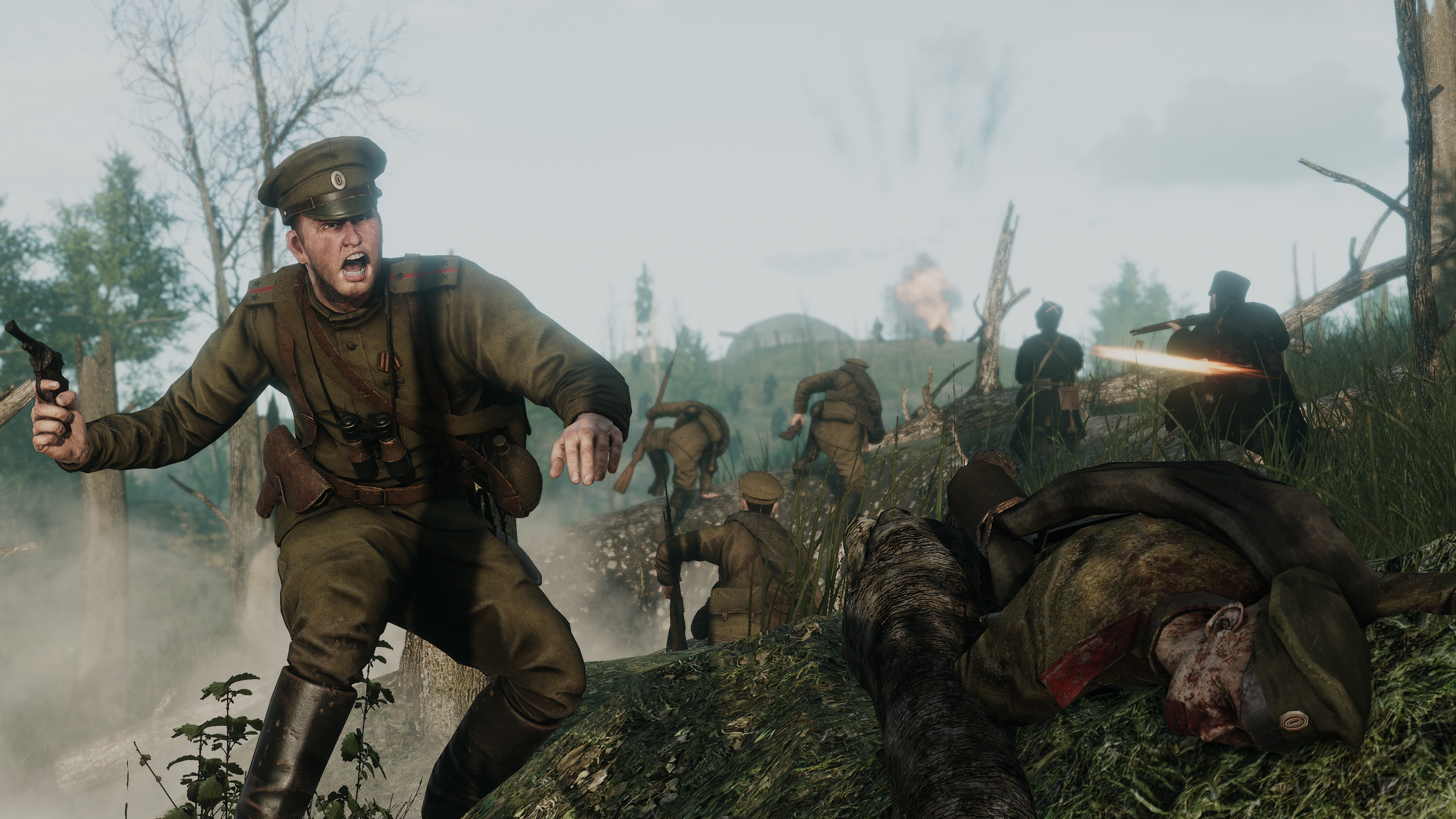Relief Offensive Update
At the time of writing, Central Powers casualties are 2,437,263 while Entente casualties are at 2,403,869. That's a difference of 33,000 in favor of the Entente. But there are more than six days to go, and things can change quickly.
[h2]The Brusilov Offensive[/h2]
At this time in 1916, Aleksai Brusilov was advancing again. After a pause, his attack continued on July 28th and he was well on his way towards the Carpathian Mountains - despite a lack of supplies! His success was impressive enough that his superiors began transferring additional troops to his command, but Brusilov was not appreciative of the gesture. His opinion was that there was no space for extra men in his theater and that more manpower would hinder rather than help him.
Meanwhile, General Evert was not making any significant progress, while suffering high casualties. The difference could be attributed to tactics - Brusilov was using the same kind of techniques that German storm troopers would utilize later in the war, with specialist units to break holes in the enemy line and the main body of the army to follow. Evert's more conventional assaults led to more conventional failures and costly victories.

[h2]Japan in WW1[/h2]
The Japanese declared war on the Central Powers on August 23rd in 1914, and moved against German territories in their sphere of influence. They also sent teams of nurses to France, Russia and Britain. As the war continued, Japan would export large quantities of war material to Entente nations. They also exported a number of rifles - one of which you can use in Tannenberg.
The first Arisaka Type 30s were built in 1899, and were the standard issue Japanese rifle until 1905 when they were replaced by the Type 38 - however, a lack of supply meant that some units kept using Type 30s until into the Second World War. Desperate for weapons, Russia bought around 300,000 Type 30s from Japan, and they received more from the British who had ordered them from Japan to arm troops until production of the Lee-Enfield could ramp up. It's possible that a number of these rifles would have been present in some capacity during the Brusilov Offensive.

The battle goes on... since this post was begun, casualties have risen to 2,450,007 Central Powers and 2,416,463 Entente. There are six days remaining.
[h2]The Brusilov Offensive[/h2]
At this time in 1916, Aleksai Brusilov was advancing again. After a pause, his attack continued on July 28th and he was well on his way towards the Carpathian Mountains - despite a lack of supplies! His success was impressive enough that his superiors began transferring additional troops to his command, but Brusilov was not appreciative of the gesture. His opinion was that there was no space for extra men in his theater and that more manpower would hinder rather than help him.
Meanwhile, General Evert was not making any significant progress, while suffering high casualties. The difference could be attributed to tactics - Brusilov was using the same kind of techniques that German storm troopers would utilize later in the war, with specialist units to break holes in the enemy line and the main body of the army to follow. Evert's more conventional assaults led to more conventional failures and costly victories.

[h2]Japan in WW1[/h2]
The Japanese declared war on the Central Powers on August 23rd in 1914, and moved against German territories in their sphere of influence. They also sent teams of nurses to France, Russia and Britain. As the war continued, Japan would export large quantities of war material to Entente nations. They also exported a number of rifles - one of which you can use in Tannenberg.
The first Arisaka Type 30s were built in 1899, and were the standard issue Japanese rifle until 1905 when they were replaced by the Type 38 - however, a lack of supply meant that some units kept using Type 30s until into the Second World War. Desperate for weapons, Russia bought around 300,000 Type 30s from Japan, and they received more from the British who had ordered them from Japan to arm troops until production of the Lee-Enfield could ramp up. It's possible that a number of these rifles would have been present in some capacity during the Brusilov Offensive.

The battle goes on... since this post was begun, casualties have risen to 2,450,007 Central Powers and 2,416,463 Entente. There are six days remaining.






